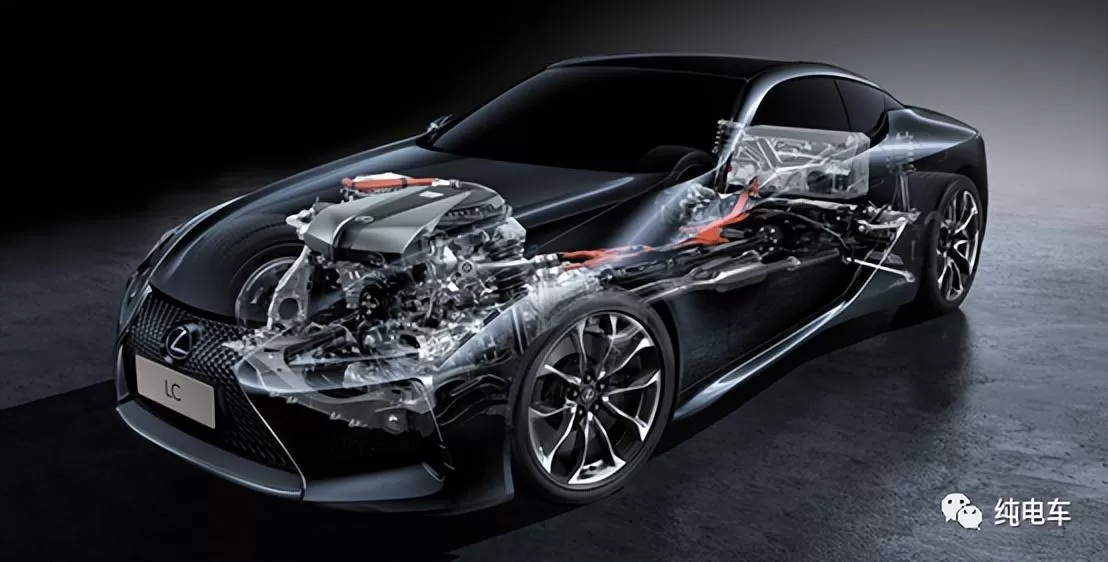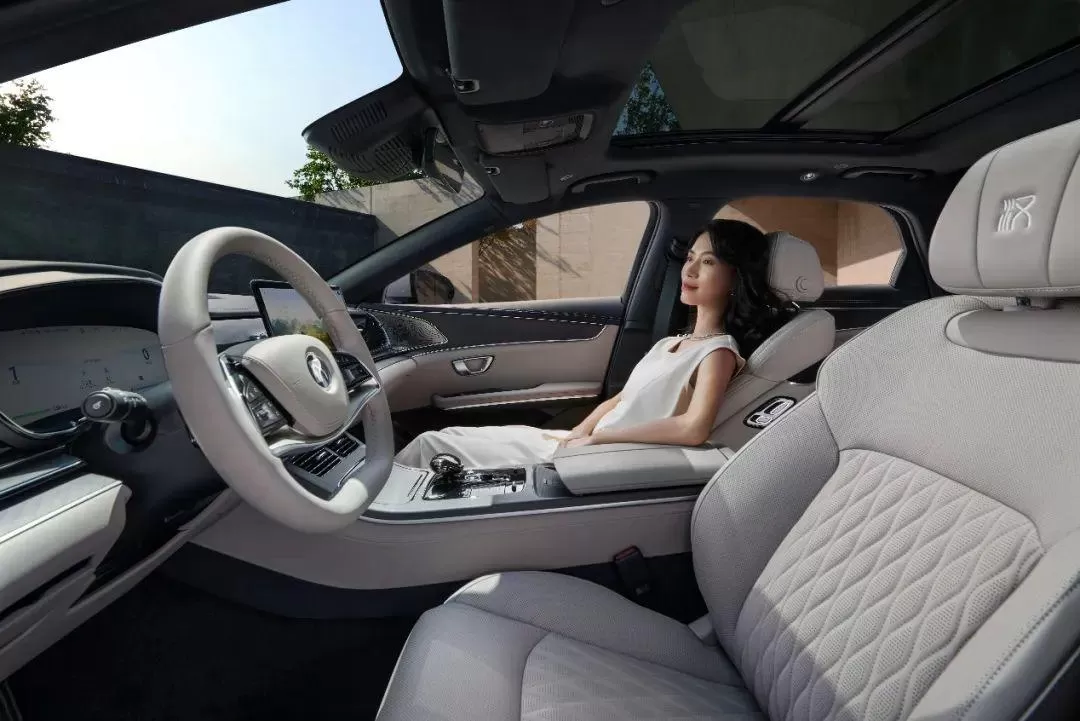Such situations are actually quite common in everyday use. For vehicles with a key sensing system, unlocking and starting the car requires the car's antenna to detect the key's working range. Most of the time, this issue arises due to low battery in the key, leading to decreased signal strength, or environmental interference causing the key to be unable to function properly.
When encountering such a situation, if the dashboard indicates low key battery or the key's indicator light is red, promptly place the key in the designated area inside the car to charge it, or use a wireless charging dock at home. If the key's battery is normal but it still cannot be detected, it might be due to interference. Ensure that the smart key and wireless electronic devices like phones and tablets are kept at least 30 cm apart, and make sure the key is not encased in a metal cover to basically solve the problem.

Additionally, NIO has a unique feature where the owner can grant access via the app or NFC key to registered NIO app users, essentially issuing an authorized key. NIO's authorization can be tailored to different systems; for example, in privacy mode, the user cannot access the in-car entertainment system, and in delivery mode, only the trunk can be accessed for placing items. Ensuring correct authorization is also crucial for normal use when utilizing this feature.
It can be said that from the user's perspective, the experience has been optimized to an exceptional level. Many customers praise this feature, but indeed, there can be instances where operational errors during the authorization process lead to incorrect settings and subsequent inability to perform certain actions. It is believed that the manufacturer will further optimize the process, and users can try to use such features more frequently to become more familiar with the operational procedures.






